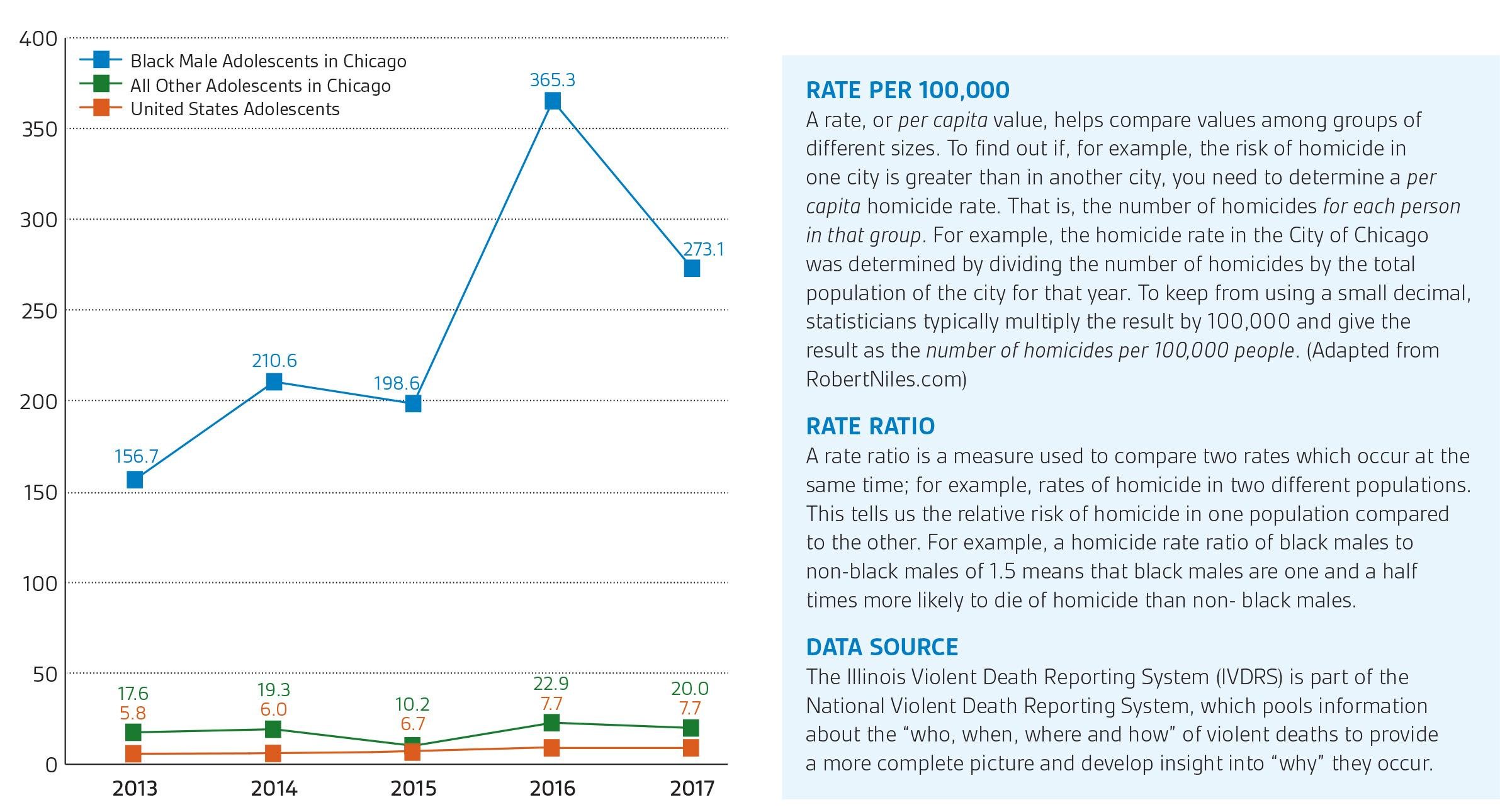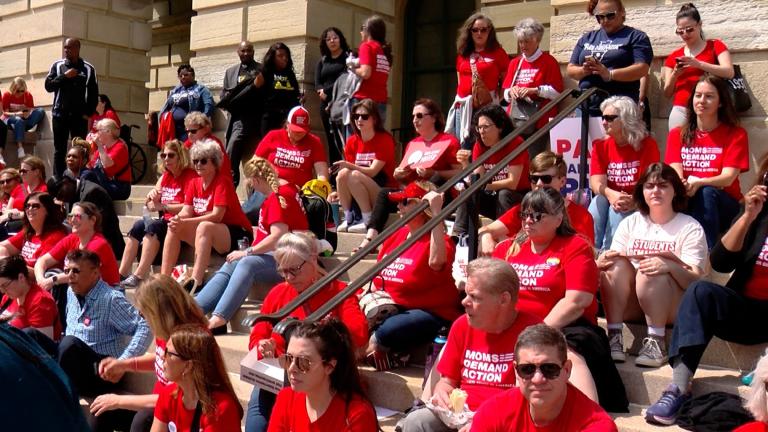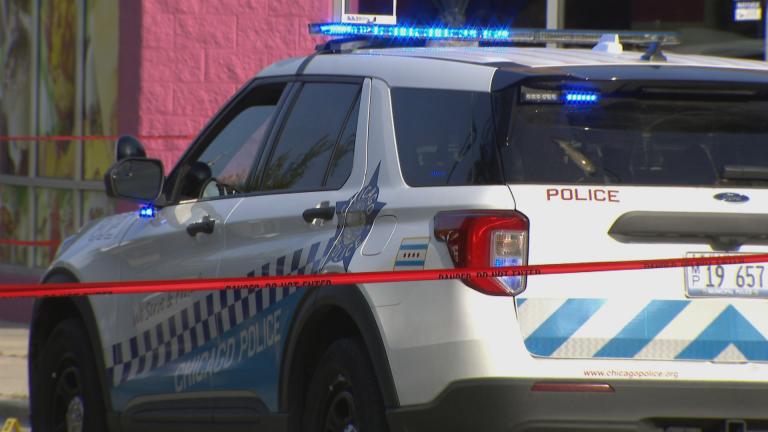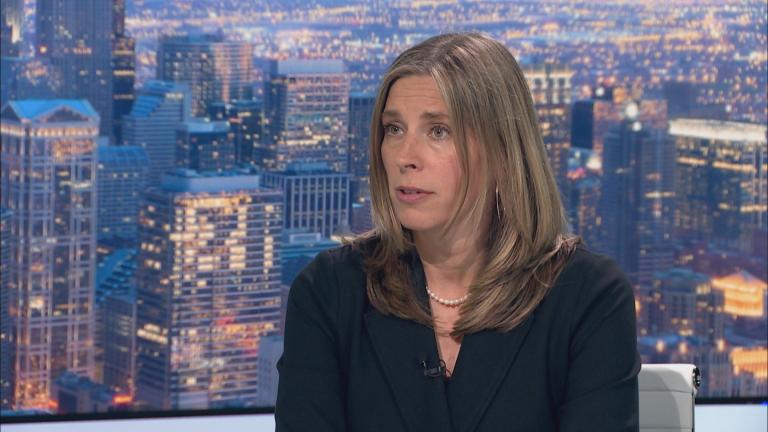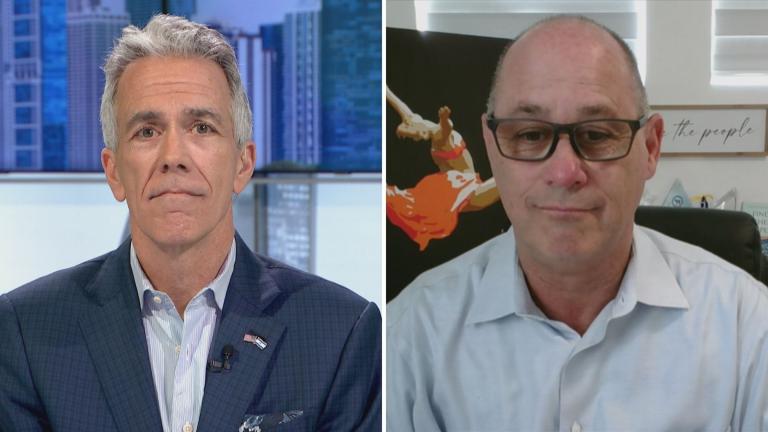 (Pexels / Pixabay)
(Pexels / Pixabay)
In 2016, the number of adolescents killed by a firearm in Chicago was about three times the national rate. But for the city’s population of young black men, that rate was nearly 50 times the national rate, according to a new report analyzing such deaths among 15- to 19-year-olds in Chicago between 2013 and 2017.
“This is clearly a public health crisis for adolescents in Chicago,” said Maryann Mason, principal investigator at Lurie Children’s and research assistant professor of pediatrics at Northwestern University, in a statement.
The figures come from the latest data available through the Illinois Violent Death Reporting System, which is part of the national system that pools information about the “who, when, where and how” of violent deaths to provide a more complete picture and develop insight into why they occur.
According to the report, there were 198.6 homicides per 100,000 black men in Chicago in 2015. That number rose to 365.3 per 100,000 in 2016 before dropping to 273.1 per 100,000 in 2017.
Despite that drop, “the rates are still shockingly elevated, up by 74 percent from 2013 to 2017,” Mason said. “We hope our data helps to drive change that is desperately needed.”
Even with the recent decline, young black men were still 35 times more likely to die from a firearm in 2017 than their counterparts across the country, and 13 times more likely than all other Chicago adolescents, according to the report.
Most of the deaths took place on the South and West Sides of the city, according to the report. Initially, the violence was more concentrated on the South Side before shifting to the West Side in 2017.
Simran Chadha, a medical student who worked on the report, said the shift could be due to “grassroots and citywide initiatives” that targeted the South Side. She hopes similar initiatives will begin on the West Side.
As part of its efforts to prevent violence, Lurie Children’s convenes a collaborative called Strengthening Chicago Youth that provides training, support and evidence-based strategies to the community.
Contact Kristen Thometz: @kristenthometz | [email protected] | (773) 509-5452
Related stories:
Police: January Crime Stats Show Fewest Number of Murders Since 2010
Records: 75 Percent of Revoked Illinois Gun Licenses Ignored
Police: Homicides in Chicago Down by Nearly 100 in 2018

